Advanced manufacturing speeding up development of custom electronic connectors for weapons systems.
Tag: Advanced Manufacturing
Lawrence Livermore National Laboratory, California State University, Bakersfield and Livermore Lab Foundation sign MOU to advance clean energy
Lawrence Livermore National Laboratory (LLNL), California State University, Bakersfield (CSUB) and the Livermore Lab Foundation (LLF) have signed an agreement to collaborate on advanced and clean-energy technologies, research opportunities and community partnerships that have the potential to shape the future of energy in the state and bring high-quality jobs to the region.
ORNL, UT’s Spark Cleantech Accelerator partner to support entrepreneurs
Entrepreneur-fellows in Innovation Crossroads, a Department of Energy Lab-Embedded Entrepreneurship Program at Oak Ridge National Laboratory, will complete the Spark Cleantech Accelerator, a 12-week program offered by the University of Tennessee, Knoxville, Spark Innovation Center at the UT Research Park.
University of Rhode Island, Flinders University (Australia) formalize partnership in support of AUKUS Agreement
The University of Rhode Island has formalized a research and education partnership with Australia’s Flinders University that advances AUKUS, a security partnership signed by the governments of the United States, Australia, and the United Kingdom. URI’s agreement with Flinders will bolster Australia’s efforts to produce the skilled workforce it needs to deliver on the AUKUS security pact, which includes a phased approach to build Australia’s undersea capability through the acquisition of conventionally armed, nuclear-powered submarines.
Speedy composite manufacturing
An Oak Ridge National Laboratory-developed advanced manufacturing technology, AMCM, was recently licensed by Orbital Composites and enables the rapid production of composite-based components, which could accelerate the decarbonization of vehicles, airplanes and drones.
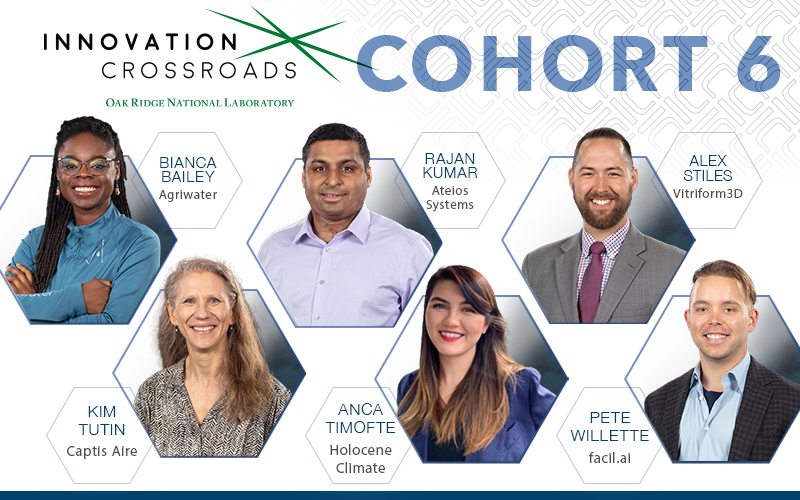
ORNL welcomes sixth cohort of Innovation Crossroads clean energy entrepreneurs
Oak Ridge National Laboratory’s Innovation Crossroads program welcomes six new science and technology innovators from across the United States to its sixth cohort.
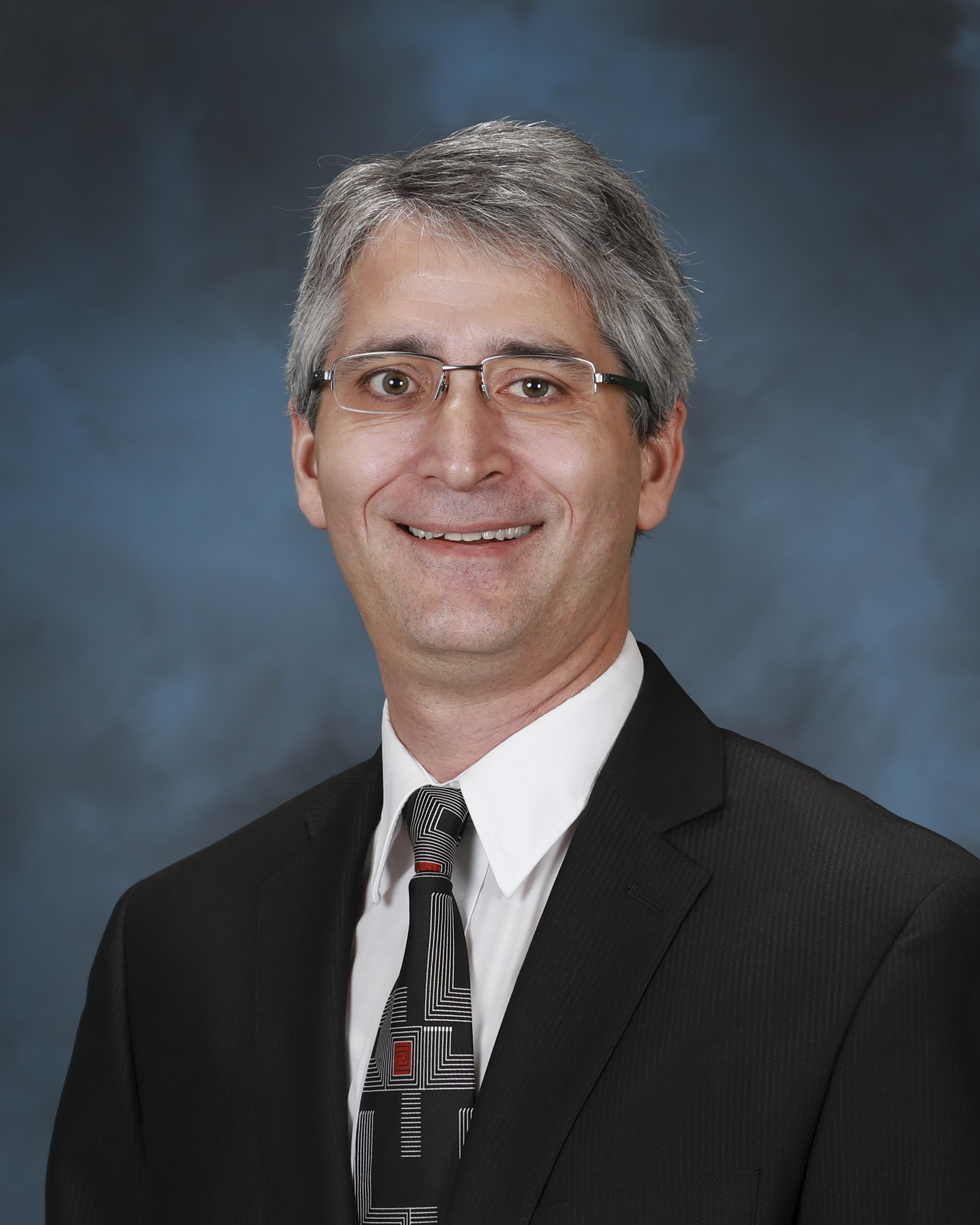
ORNL’s Sabau recognized by leading materials society
Adrian Sabau of the Department of Energy’s Oak Ridge National Laboratory has been named an ASM International Fellow.
LLNL explores laser beam shaping to improve metal 3D printing
Researchers at Lawrence Livermore National Laboratory are addressing the issue of porosity and other phenomenon that causes defects in metal 3D printing by exploring alternative shapes to the Gaussian beams commonly employed in high-power laser printing processes such as laser powder bed fusion (LBPF).
Story tips: Sensing oil leaks, 3D prints in space, more fuel from ethanol, Arctic modeling boost, making isotopes faster and nano-enabled microscopy
Story tips: Sensing oil leaks, 3D prints in space, more fuel from ethanol, Arctic modeling boost, making isotopes faster and nano-enabled microscopy
Taking cues from nature, breakthrough ‘cellular fluidics’ technology could have sweeping impacts
Inspired by the way plants absorb and distribute water and nutrients, Lawrence Livermore National Laboratory researchers have developed a groundbreaking method for transporting liquids and gases using 3D-printed lattice design and capillary action phenomena.

A “Horizon Strategy” Framework for Science and Technology Policy
The current U.S. innovation model has in multiple respects fallen short in the face of today’s technology competition challenges. MITRE calls for a national-level effort between government, industry, and academia to address the most critical S&T priorities.
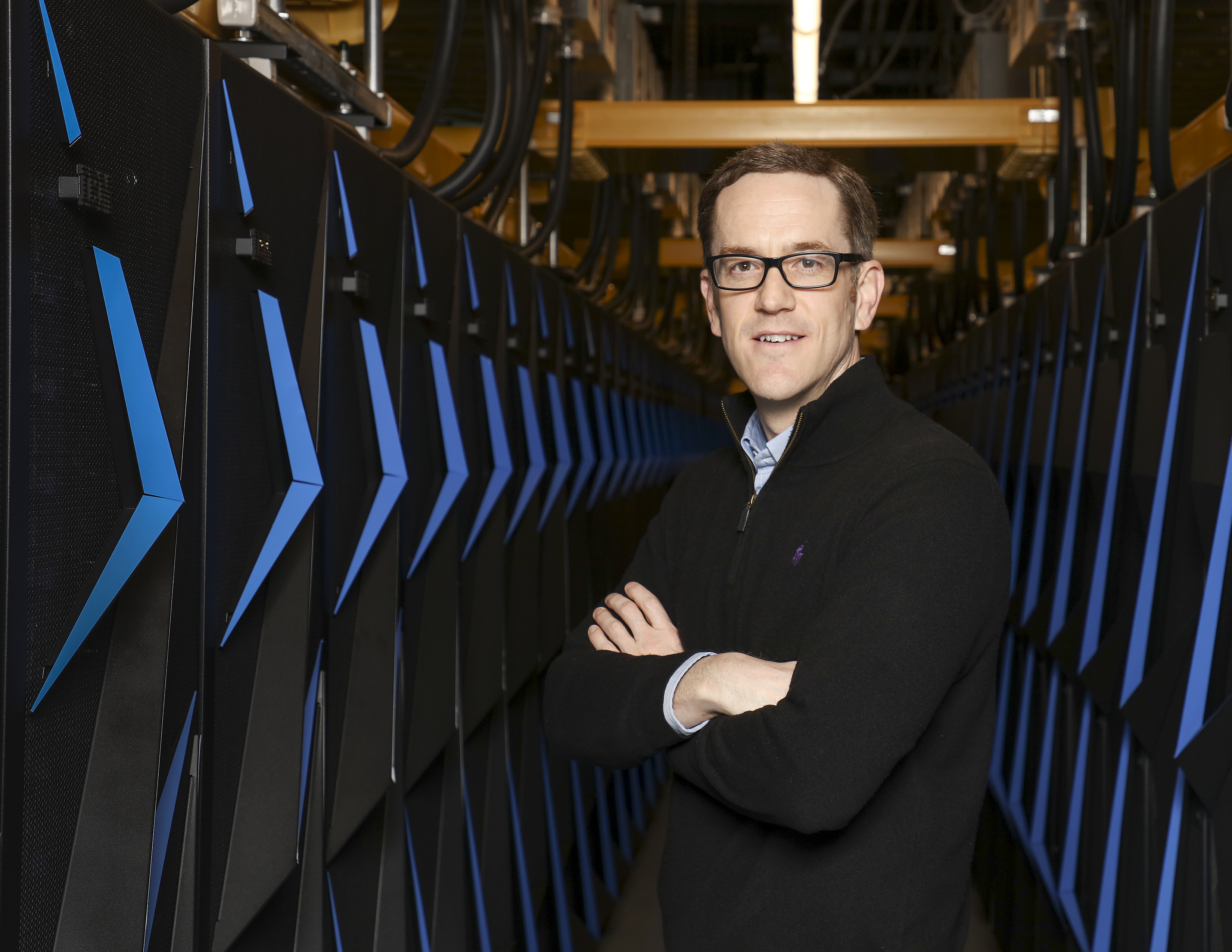
Scientist who developed quantum computing code wins ORNL’s top science award
ORNL’s Paul Kent, Dr. Bart Iddins and two teams were recognized for leadership and accomplishment in science, technology and mission support.
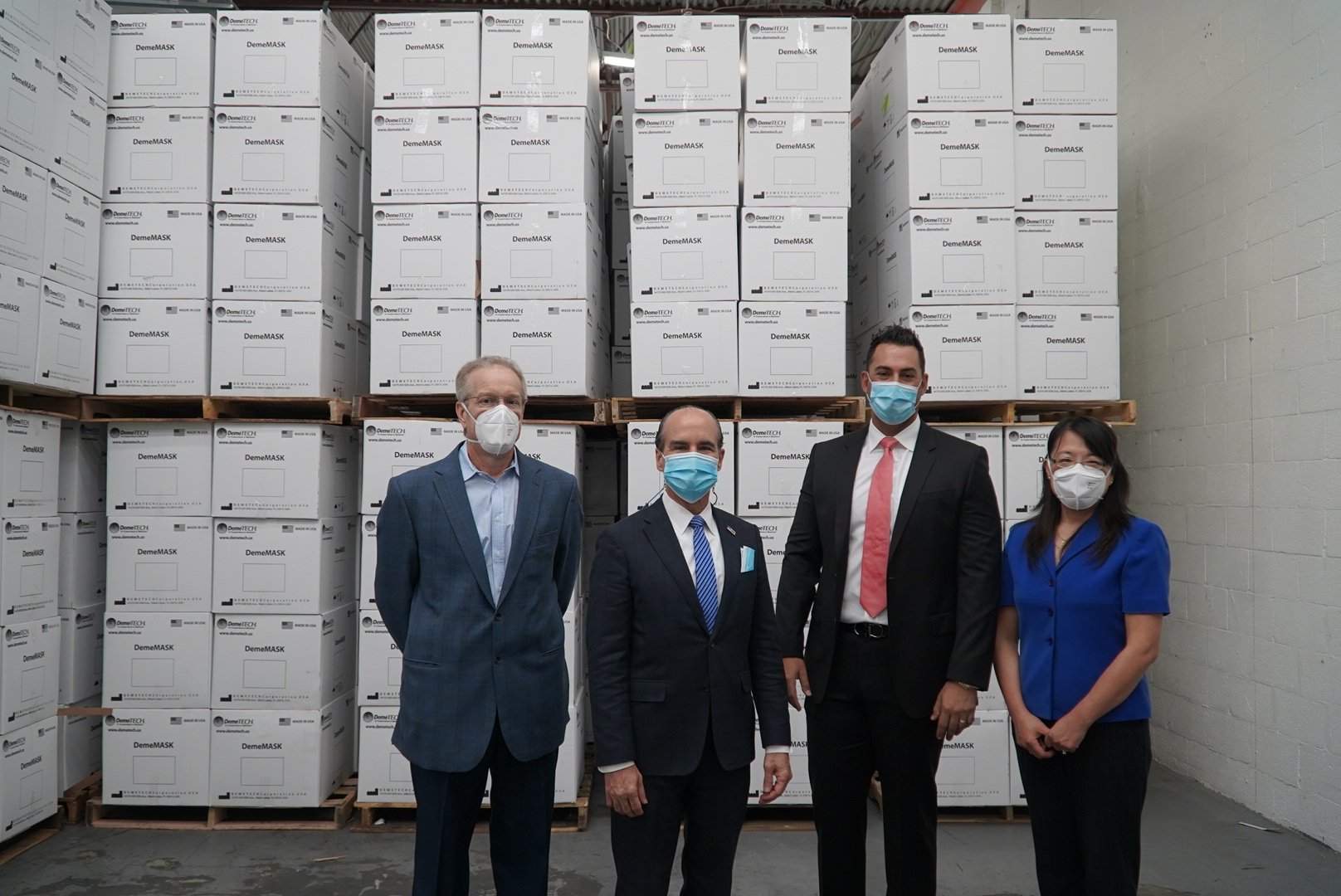
Oak Ridge National Laboratory industry collaboration enables job growth, N95 mask production in Florida
A collaboration between the Department of Energy’s Oak Ridge National Laboratory and a Florida-based medical device manufacturer has led to the addition of 500 jobs in the Miami area to support the mass production of N95 respirator masks.
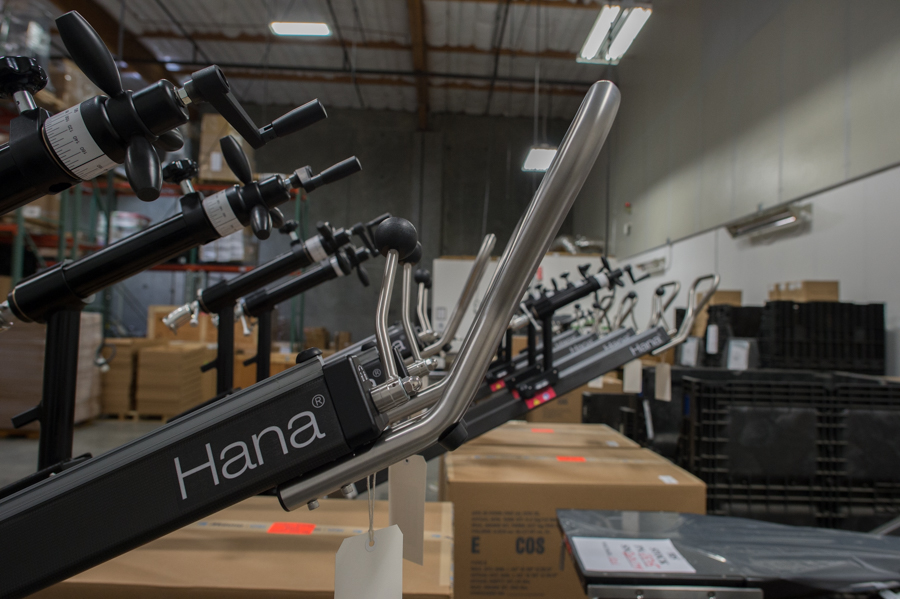
Mizuho OSI Named Recipient of Advanced Manufacturing Award
Union City, Calif. – October 19, 2020 – Mizuho OSI, the pioneer of orthopedic surgical tables and pressure management solutions, was named the recipient of the Advanced Manufacturing award during the 8th Annual East Bay Innovation Awards virtual presentation on October 15.

Iowa State engineer aids $9 million project to manufacture biobased electronics
Iowa State’s Jonathan Claussen will contribute his expertise in sensor technology to a $9 million project that’s using plant-based inks to print low-cost, biodegradable and recyclable electronics. The NSF is supporting the project to advance biomanufacturing, cybermanufacturing and ecomanufacturing.
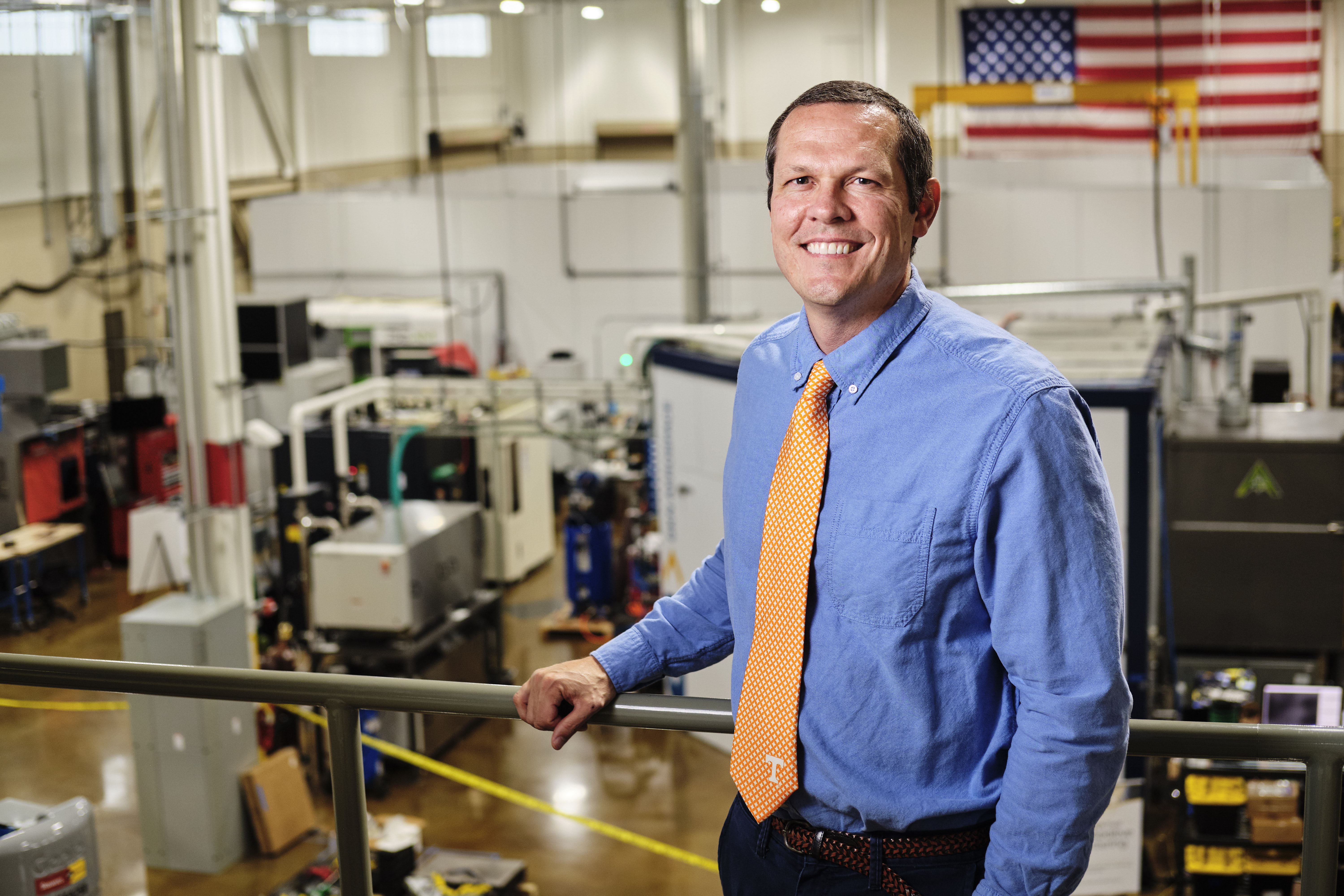
Oak Ridge National Laboratory, UT’s Tony Schmitz elected to ASPE College of Fellows
Tony Schmitz, joint faculty researcher in machining and machine tools at Oak Ridge National Laboratory, and mechanical, aerospace and biomedical engineering professor at the University of Tennessee, Knoxville, has been elected to the College of Fellows of the American Society for Precision Engineering.

ORNL, DOE unveil new capabilities for advanced manufacturing recycling and autonomous vehicles
Oak Ridge National Laboratory and Department of Energy officials dedicated the launch of two clean energy research initiatives that focus on the recycling and recovery of advanced manufacturing materials and on connected and autonomous vehicle technologies.
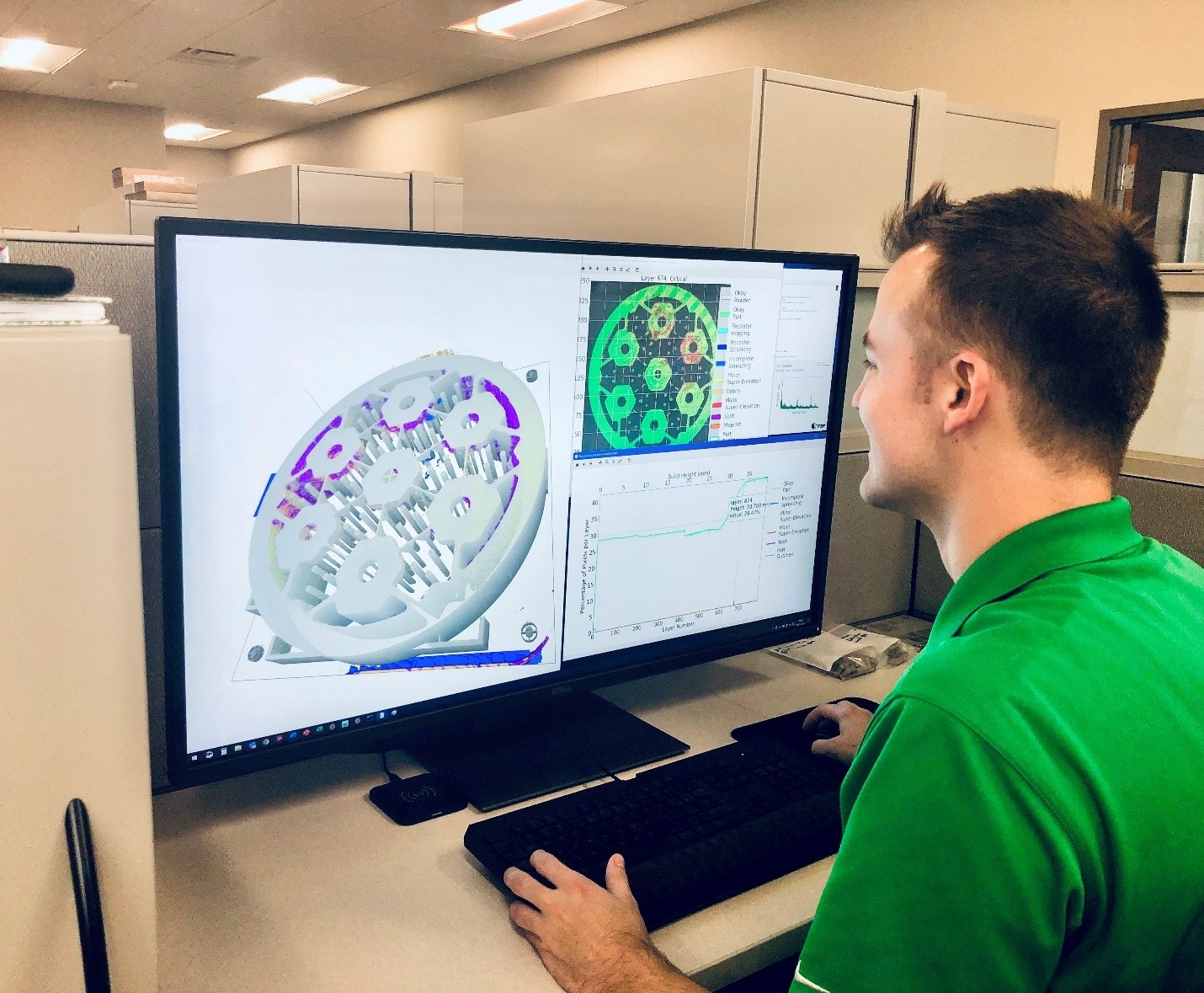
AI software enables real-time 3D printing quality assessment
Oak Ridge National Laboratory researchers have developed artificial intelligence software for powder bed 3D printers that assesses the quality of parts in real time, without the need for expensive characterization equipment.

3D-printed nuclear reactor promises faster, more economical path to nuclear energy
Researchers at the Department of Energy’s Oak Ridge National Laboratory are refining their design of a 3D-printed nuclear reactor core, scaling up the additive manufacturing process necessary to build it, and developing methods to confirm the consistency and reliability of its printed components.
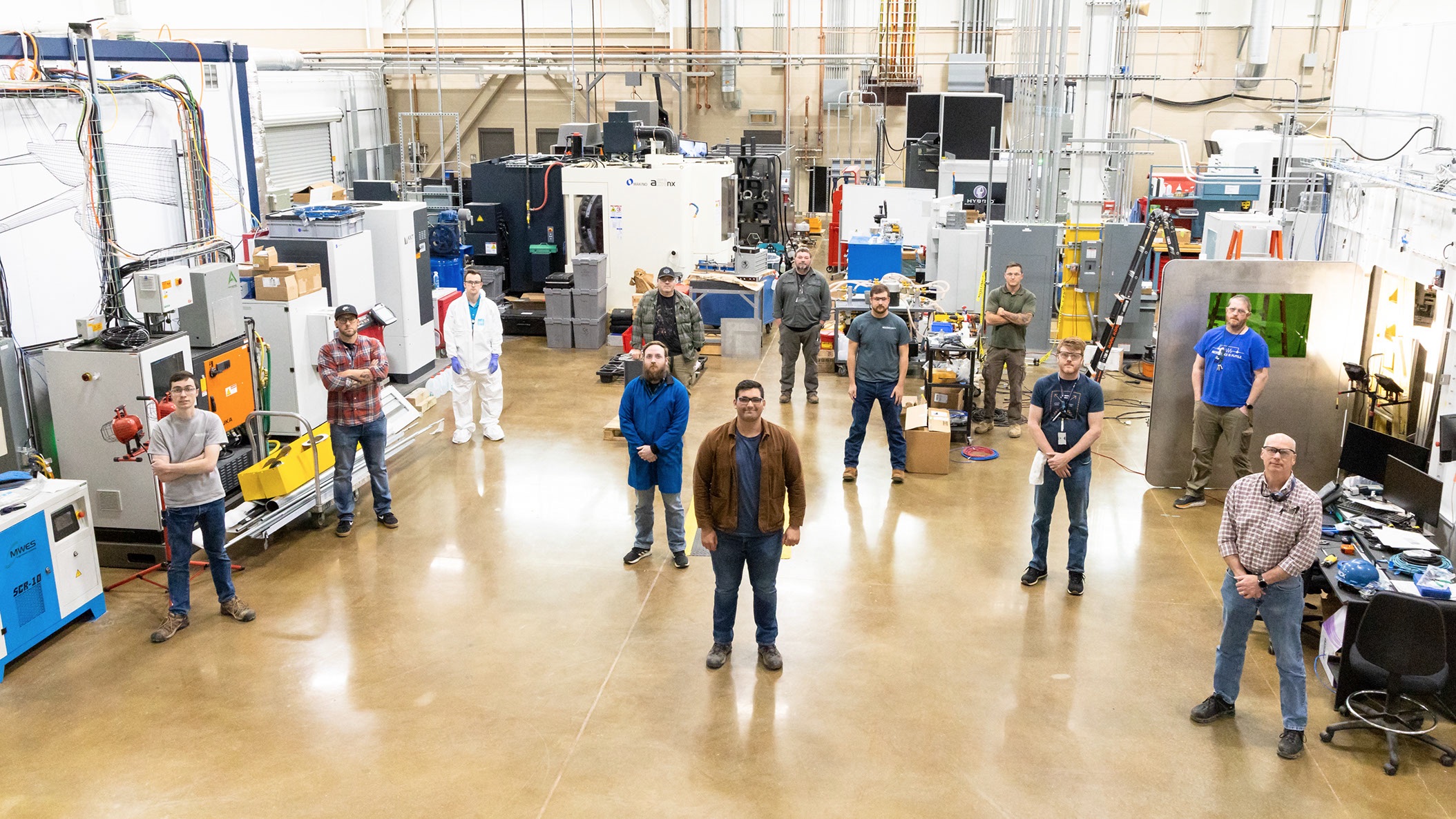
ORNL’s advanced manufacturing innovation helps industry in COVID-19 fight
Researchers at the US Department of Energy’s Manufacturing Demonstration Facility and Carbon Fiber Technology Facility at Oak Ridge National Laboratory are using their materials science, fiber production and additive manufacturing expertise and capabilities to produce tooling such as custom molds for injection molding to provide US industry with the necessary resources to mass produce healthcare supplies in record time.